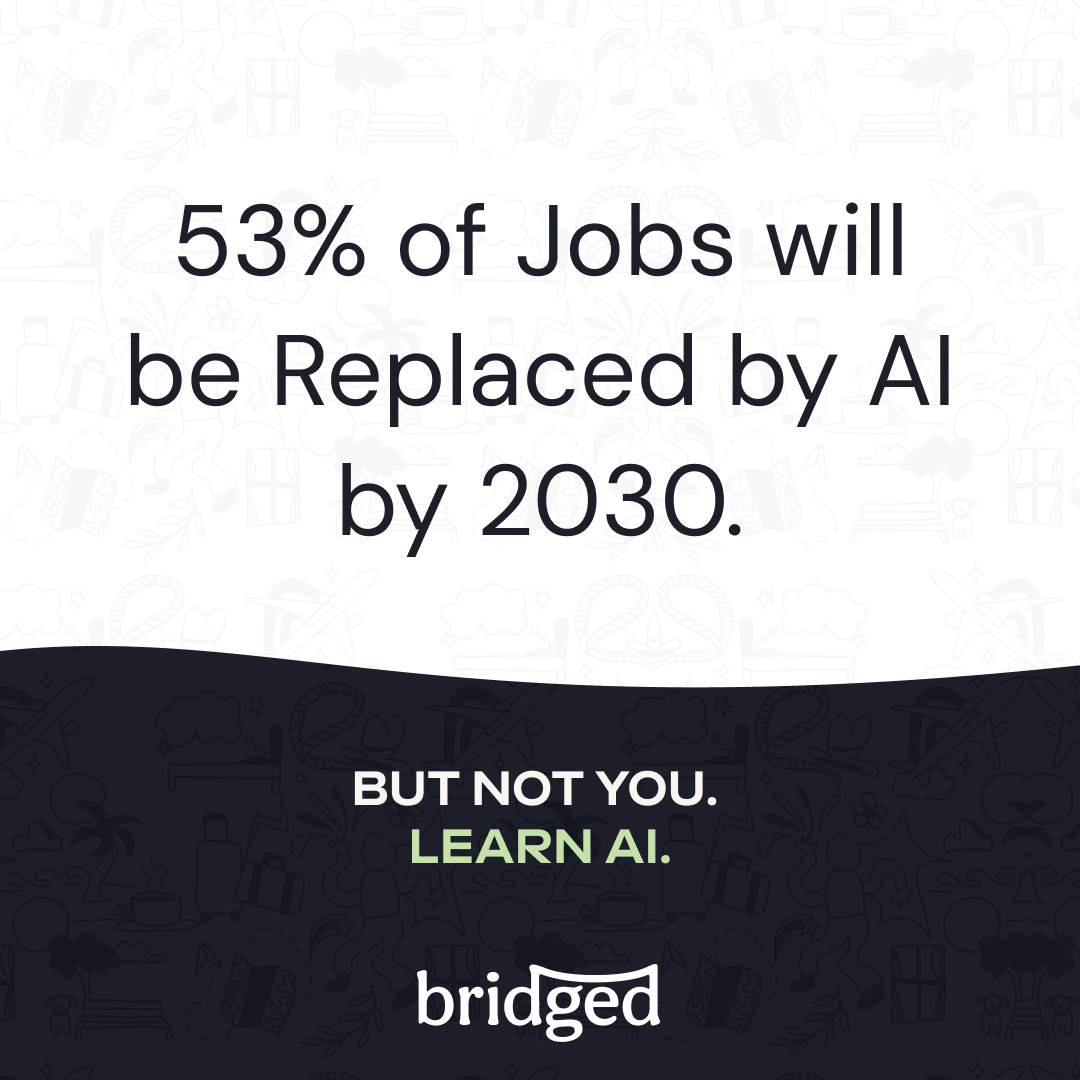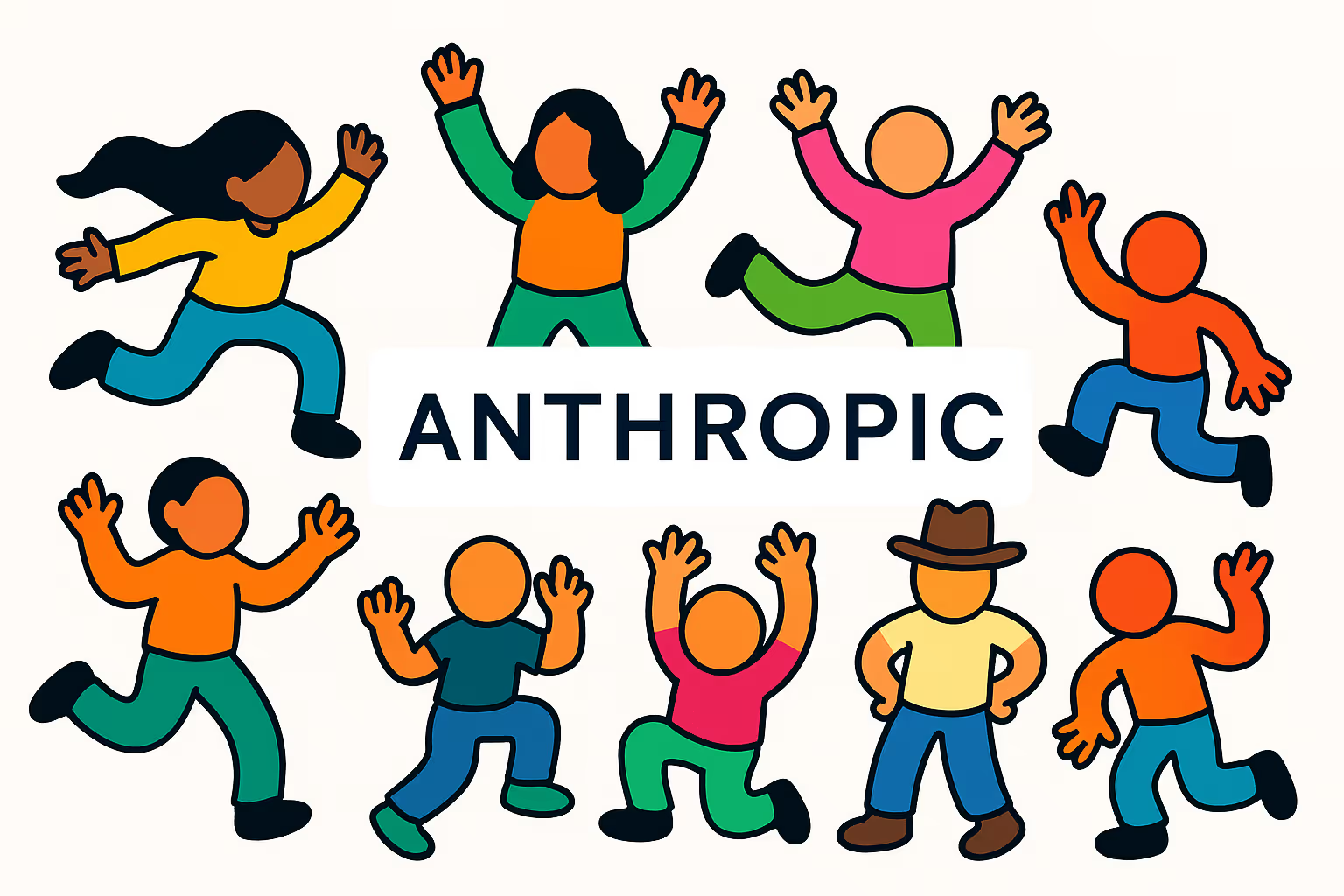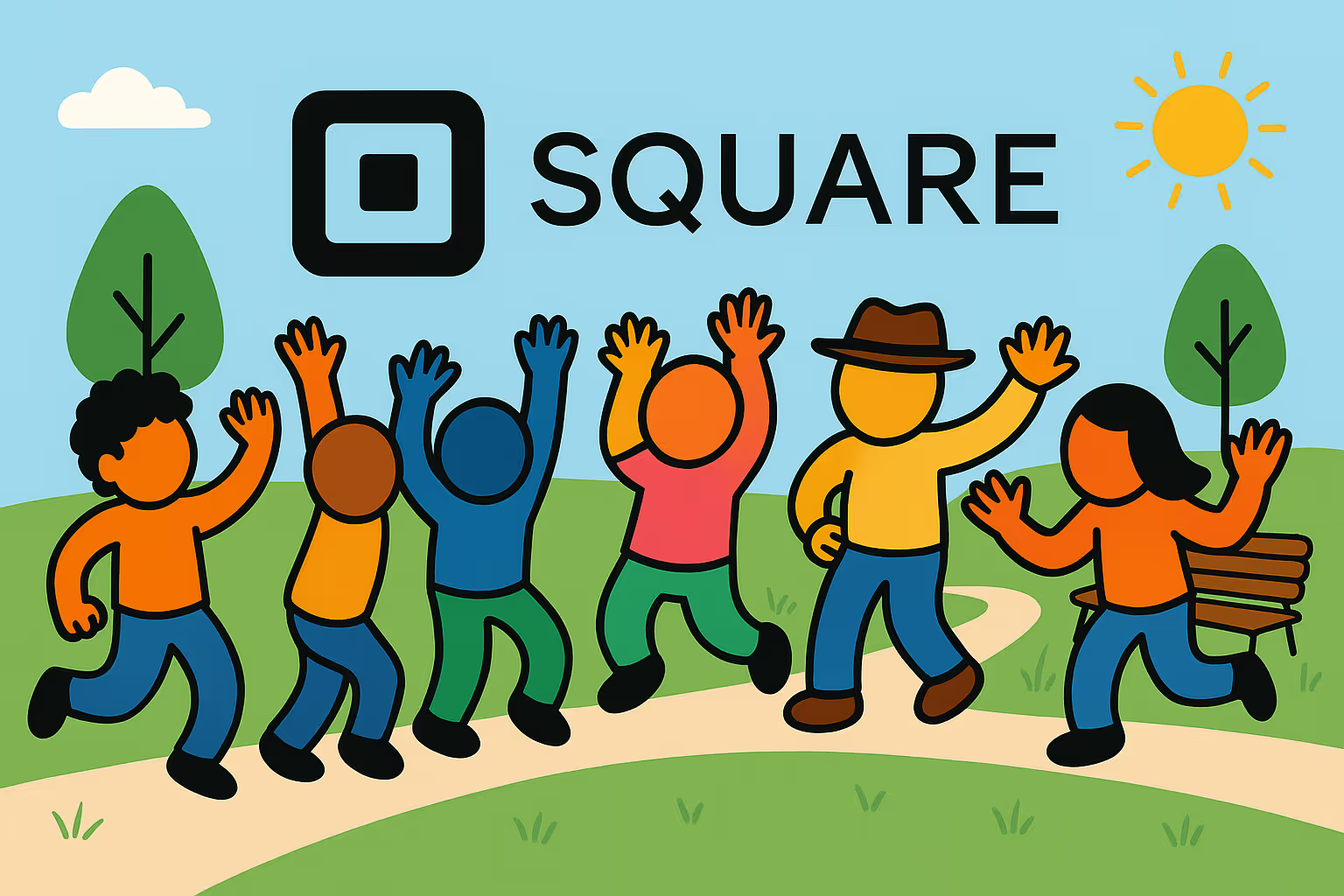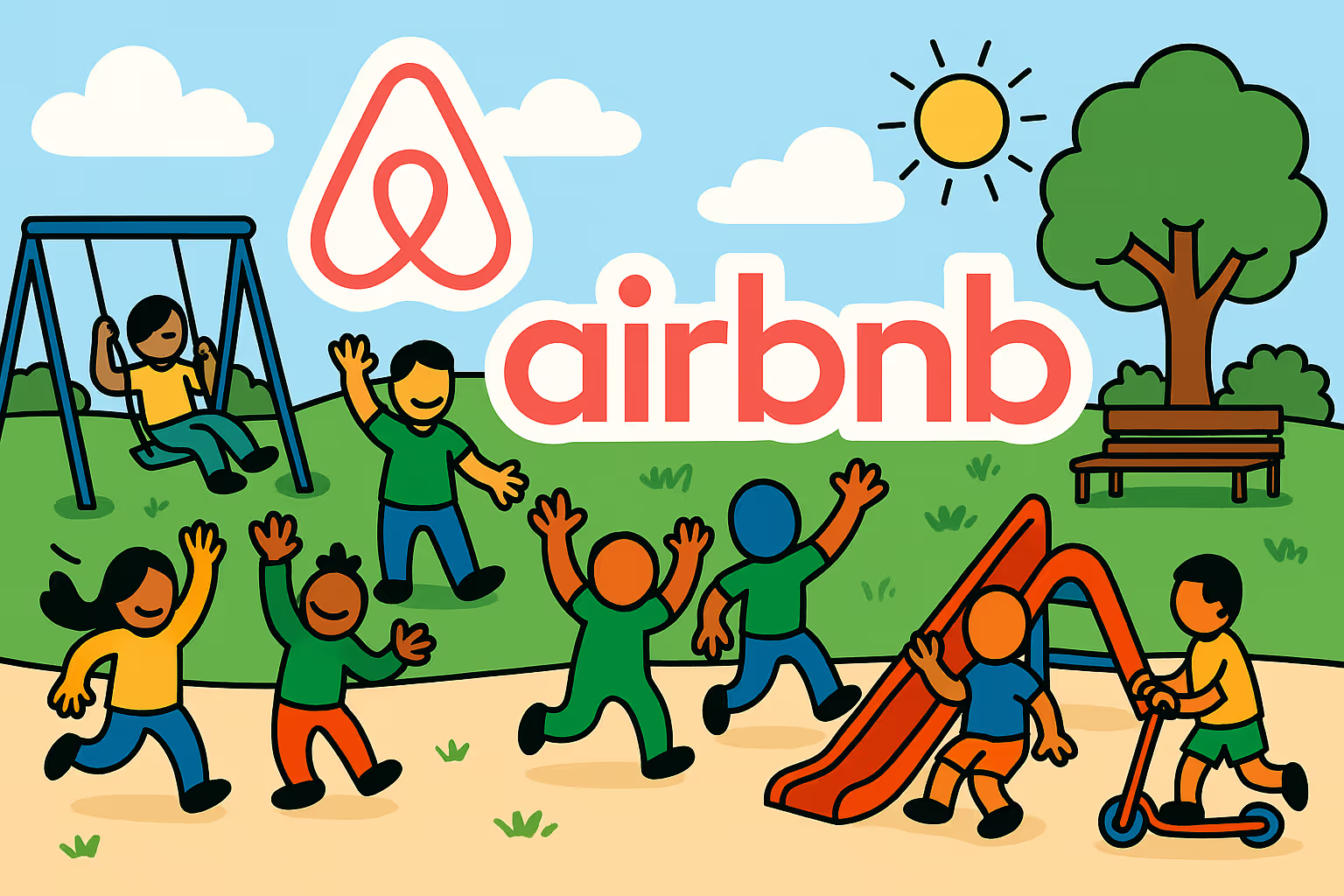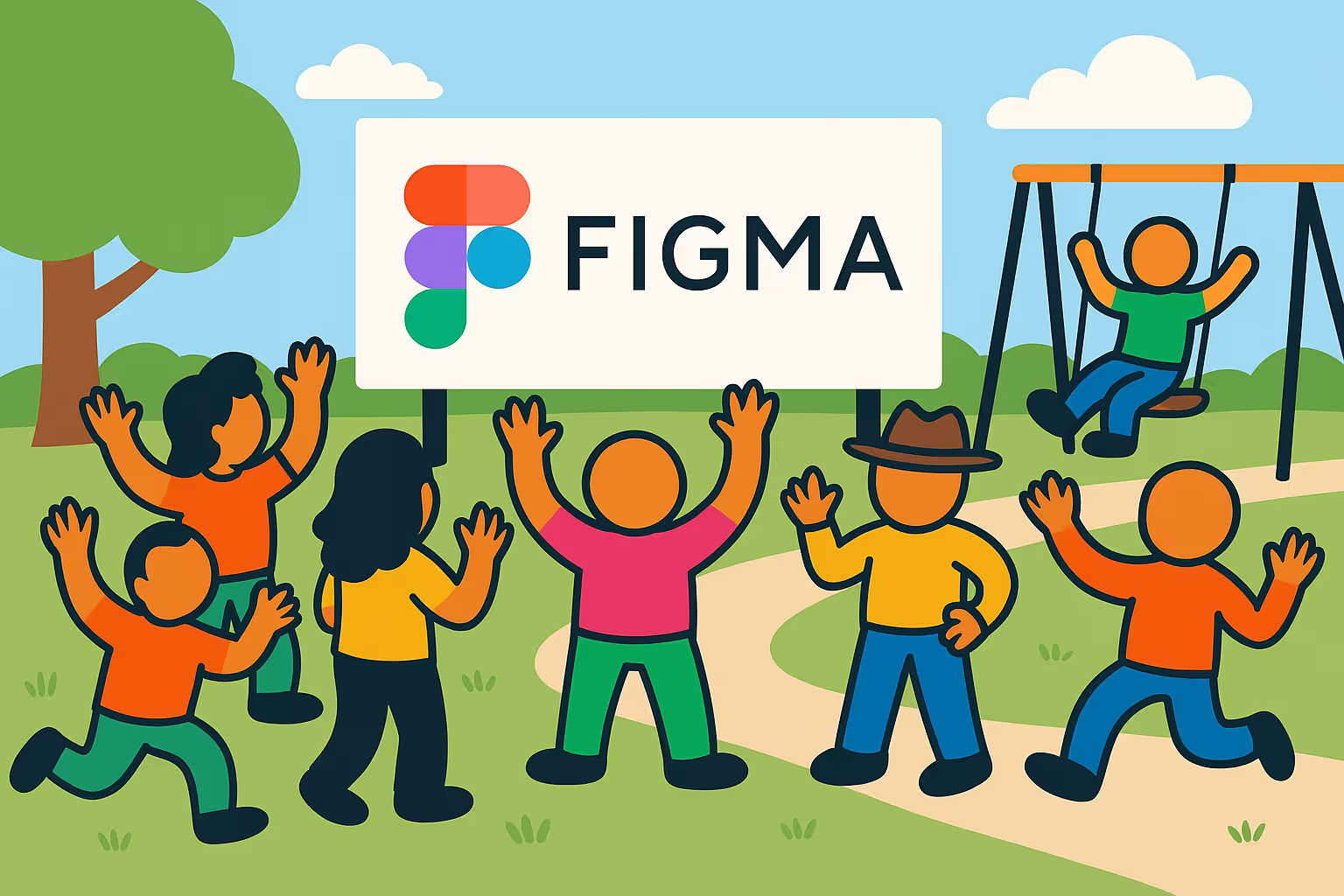How to Get a Job at Spotify

Founded: 2006
Headquarters: Stockholm, Sweden
Remote Work: YES!
Benefit Rating: 8/10
Entry Level Jobs: Yes
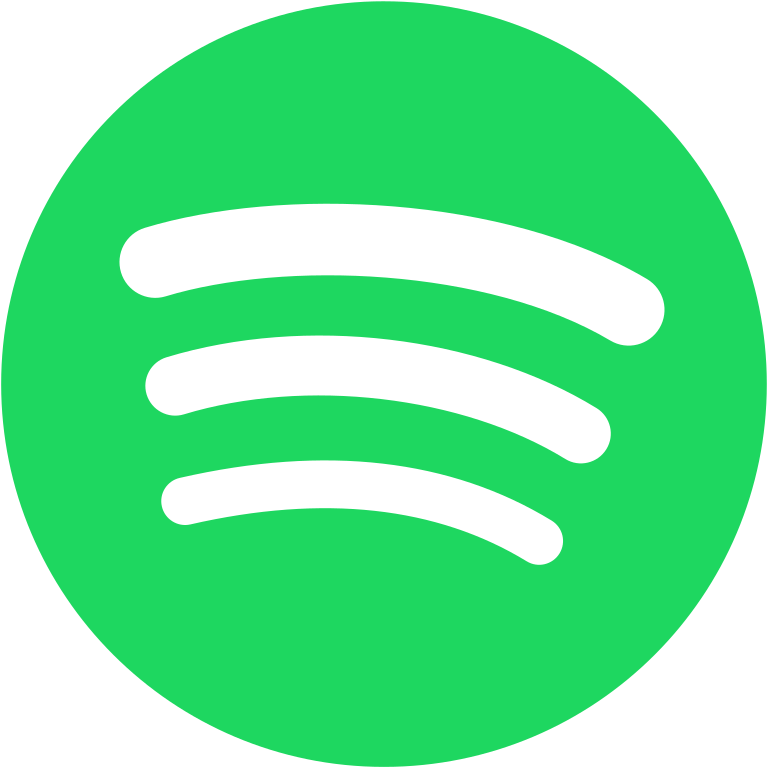
Spotify Overview
Elizabeth here, and I’ll admit it—I’ve been putting off writing this guide because Spotify is my absolute dream company. And I know it's not just me. Millions of people love and use Spotify daily, and plenty of job seekers dream of joining the team creating our favorite playlists. So what makes Spotify more than just a music app? Read on to see how this fan-favorite has reshaped tech just as much as it’s reshaped the music industry.
Spotify Details & History
Spotify is one of the most recognized names in the music streaming world. Founded in 2006 in Stockholm, Sweden, the company launched publicly in 2008 with a mission to make music accessible to everyone, everywhere. Instead of downloading tracks or buying albums, Spotify pioneered the idea of unlimited streaming through a subscription or free, ad-supported model.
Today, Spotify has grown into a platform with more than 600 million monthly active users across the globe, including both free listeners and paid subscribers. Beyond music, Spotify also became a major player in podcasts, signing exclusive deals with creators and building tools for podcasters to reach new audiences. The company’s growth has made it a top destination for people starting careers in tech, product, marketing, and data.
Spotify Office Locations
Spotify’s headquarters is still based in Stockholm, but the company has expanded to dozens of cities worldwide. Key U.S. hubs include New York City (its North American headquarters), Los Angeles, and Boston. In Europe, you’ll find Spotify offices in London, Berlin, and Paris, while the company also maintains offices in major markets like São Paulo, Singapore, and Tokyo.
Spotify has embraced a “Work From Anywhere” model, which allows many employees to choose between working remotely, in an office, or a mix of both. This flexibility has been a big draw for candidates who value global collaboration without being tied to one location.
Spotify Primary Competitors
Spotify competes in a crowded digital media and streaming market. Its primary competitors include:
- Apple Music – Apple’s subscription-based streaming service, tightly integrated with iOS and the Apple ecosystem.
- Amazon Music – Offers both Prime Music (included with Amazon Prime) and Amazon Music Unlimited as a direct rival to Spotify’s paid tier.
- YouTube Music – Google’s music streaming service, which combines official tracks with user-uploaded content and is closely tied to YouTube Premium.
- Deezer, Tidal, and Pandora – Smaller players in the space that differentiate with niche offerings like higher-quality audio or curated radio.
While competition is fierce, Spotify has maintained its edge through personalization features like Discover Weekly and Daily Mixes, plus constant investment in user experience and content.
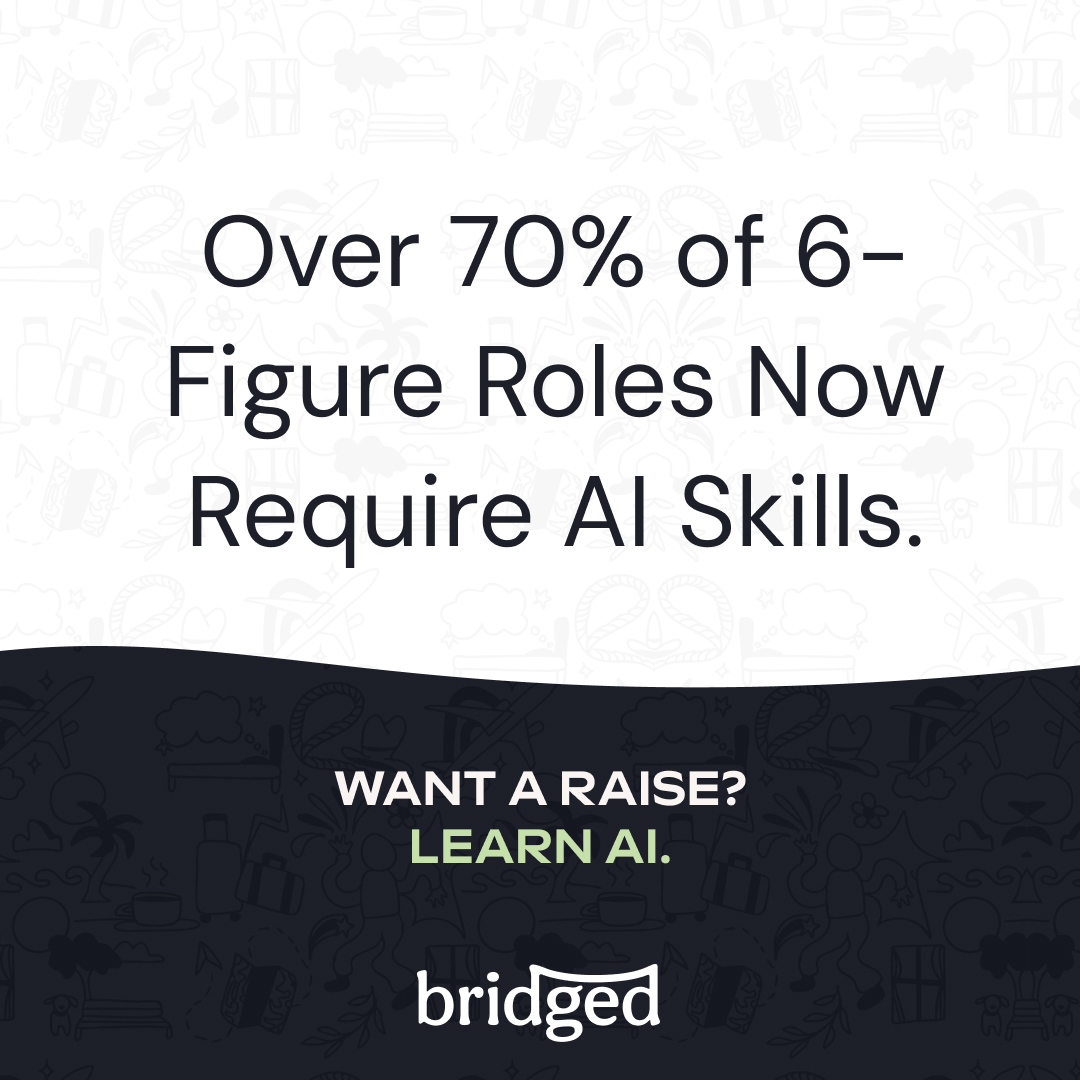
Spotify Hiring Details
Top Spotify Departments for Entry-Level Roles
If you’re just starting your career, Spotify offers plenty of paths to get your foot in the door. The most common entry-level departments include:
- Product & Engineering – Roles like Graduate Engineer, Associate Product Manager, or Junior Developer.
- Data & Analytics – Spotify is data-driven to its core, so opportunities for Data Analysts and Product Analysts are plentiful.
- Marketing & Growth – From content marketing to performance growth, these teams help bring Spotify’s product to millions of listeners.
- Design & User Experience – Entry-level design roles, especially in UX and product design, allow early-career creatives to shape how users interact with the platform.
Diversity at Spotify
Spotify emphasizes inclusivity and has built several internal communities (known as “Spotify Communities”) to support employees of different backgrounds, from gender equality initiatives to LGBTQ+ representation and cultural diversity networks. The company reports on diversity data annually and invests in building a workforce that better reflects its global audience. While there’s always room to grow, Spotify is often praised for creating a culture where employees feel like they belong.
Is remote work allowed at Spotify?
Yes! Spotify has become a leader in flexible work. In 2021, they launched their “Work From Anywhere” program, which allows employees to decide if they want to work fully remote, from an office, or a mix of both. The policy is global, meaning teams can be spread out across countries but still collaborate. This makes Spotify especially attractive to candidates who value flexibility and global mobility.
Is it hard to get a job with Spotify?
Like most major tech companies, landing a role at Spotify can be competitive. The brand is well-known, the culture is attractive, and many people apply for a limited number of openings. However, Spotify often posts entry-level and graduate roles, especially in data, engineering, and marketing. Candidates who demonstrate creativity, problem-solving, and a passion for music or audio have an edge. Networking, internships, and showcasing strong project work (even outside of traditional jobs) can increase your chances.
Does Spotify have good benefits?
Spotify scores high on benefits. Employees highlight comprehensive healthcare coverage, generous parental leave, wellness stipends, and mental health resources. Spotify also offers perks like flexible holidays (employees can swap traditional public holidays for ones that are personally meaningful) and access to learning and development programs. Overall, Spotify’s benefits are considered a strong draw compared to industry averages.
Work-Life Balance at Spotify
Work-life balance at Spotify is generally positive, with many employees noting that the flexible work policy helps them manage personal and professional responsibilities. Some teams, especially in fast-moving tech or product roles, may experience busy seasons, but Spotify’s leadership encourages sustainable work habits. The culture leans supportive, and many employees say they feel trusted to get their work done without micromanagement.
Health, Family & Wellness
- Comprehensive health, dental, and vision insurance, plus disability coverage
- Access to HSAs and FSAs in eligible regions
- Strong focus on mental health support with therapy resources, wellness stipends, and mental health days
- Up to six months fully paid parental leave worldwide
- Adoption and fertility assistance to support growing families
Time Off & Flexibility
- Around 20–30 vacation days per year, plus sick days and company recharge days
- Flexible Public Holidays policy — employees can swap holidays for ones personally meaningful
- Flexible hours, hybrid schedules, and remote work options through the “Work From Anywhere” program.
Financial & Retirement Perks
- 401(k) plan with company match in the U.S., with comparable retirement benefits globally
- Equity grants offered to employees at multiple levels
- Wellness stipends and Spotify Premium discounts included in many compensation packages
Workplace & Remote Support
- Work-from-home stipends and ergonomic equipment support
- Cell phone reimbursement
- Pet-friendly offices in many global hubs
- Wellness allowances, fitness subsidies, and team offsite perks
Learning & Development
- Spotify Learning Days dedicated to employee development
- Professional development budgets for training, courses, and conferences
- Mentorship, job shadowing, and rotational opportunities across teams
- Hack weeks and innovation challenges for creative exploration
Culture & Employee Feedback at Spotify
- Culture described as inclusive, innovative, and mission-driven
- Employees highlight flexibility, strong benefits, and creative freedom
- Around 81% of employees would recommend Spotify to a friend on Glassdoor.
- Culture & Values: ~4.2 / 5
- Work/Life Balance: ~4.3 / 5
- Compensation & Benefits: ~3.9 / 5
- Senior Management: ~3.3 / 5
- Career Opportunities: ~3.5 / 5
- Overall: a highly rated workplace with a global impact and opportunities to grow in tech
Spotify Interview Process
Who is Spotify looking to hire?
Spotify is looking for candidates who are mission-aligned—people who genuinely care about audio, creators, and innovation. Creativity, curiosity, and a sense of ownership go a long way, since the company values those who take initiative and run with ideas. Depending on the role, strong technical or domain expertise in areas like engineering, data, product, design, or marketing is essential. Just as important are communication and collaboration skills, because Spotify organizes its teams into squads, tribes, and guilds that thrive on cross-functional work. A growth mindset is key, too; employees are expected to keep learning and adapting as the business evolves. For entry-level candidates, projects, internships, side hustles, or relevant coursework can make all the difference in showing you’re ready to contribute.
Spotify Values
Spotify’s careers / culture pages call their values the Band Manifesto (or “The Band”) — they frame their culture as being part of a band.
Their core values are often listed as:
- Innovative — always pushing to create new, better solutions.
- Sincere — open, honest, trusting relationships.
- Passionate — bringing energy and commitment to work, especially around audio and creativity.
- Collaborative — working across teams, sharing ideas, building together.
- Playful — not taking yourself too seriously, having fun while creating.
Their “How We Hire” page also mentions they try to mirror those values in the interview process: they tell you ahead who you’ll meet, let you know the format, and use virtual tools (Zoom, Google Meet, Coderpad, Mural) for remote interviews.
Spotify Interview Process
We scanned and aggregated insights from Reddit threads, Glassdoor reviews, and Spotify’s own “How We Hire” pages to put together what the typical interview journey looks like.
Spotify’s official “How We Hire” page outlines something like:
- Recruiter video / phone screen — a kickoff chat about your background, interest, and role fit
- Team interview(s) — one or two members of your prospective team will dig into technical, role-specific, behavioral, or project questions
- Final round — meet multiple “band members” across the business (sometimes in a panel format) to evaluate fit, skills, and cross-team thinking
From Reddit / Glassdoor / other sources:
- On Reddit, some past internship applicants mention 3 rounds total (recruiter, team, then final) for roles like legal or engineering.
- On Glassdoor, candidates report 3 to 5 interviews depending on role, including panels, case studies, or presentations.
- Spotify’s hiring timeline averages around 39 days (according to Glassdoor data) but can stretch up to 3 months or more depending on role and location.
Bridged Prep Tips:
- Use Spotify’s Band Manifesto and values to guide how you frame answers
- Practice behavioral stories using frameworks (STAR, etc.)
- For technical roles, brush up on algorithms, data structures, system design
- Get comfortable thinking aloud — interviewers often want to follow your reasoning
- Mock interviews with peers or use platforms like LeetCode, HackerRank, or CoderPad-style exercises
- For non-engineering roles (product, design, marketing), bring portfolio & metrics, think through tradeoffs and scope
Spotify Internships & APMs
Spotify Internship Program
Spotify’s Global Summer Internship Program is one of the most popular entry points for students and early-career professionals. Lasting around ten weeks, the program places interns directly into teams across product, engineering, data, marketing, and design. Unlike internships that limit you to shadowing, Spotify makes sure interns are doing meaningful, real work that has an impact on the business.
What sets the program apart is the emphasis on authenticity. Spotify openly tells applicants that you don’t need to submit a “rap résumé” or do anything gimmicky to stand out. Instead, they want to see who you are, what you care about, and where you want to go. Design interns in particular have shared that storytelling through portfolios and connecting personal passions to Spotify’s mission can help your application shine.
Spotify also invests in building long-term talent pipelines. Beyond the summer internship, the company runs Early Career and rotational programs — for example, finance analyst rotations and rotational product roles — to keep emerging talent engaged and growing within the company after graduation. Students who join through these programs often move into full-time roles, making Spotify’s internship track a real gateway to a career in tech.
Spotify MBA Program
Spotify doesn’t prominently advertise MBA-only rotational programs on its student pages (as of what I saw). But their Early Career programs do sometimes mirror rotational structures (e.g. Finance Analyst Rotation) which could be relevant to MBA grads.
Other Student / Entry-Level Programs
Beyond internships and rotations, Spotify emphasizes that it wants students to apply with their full selves — identities, passions, projects, and creative side hustles all matter. On its student careers page, Spotify highlights that interns and entry-level hires are treated as full team members, with access to learning opportunities, mentorship, and a sense of belonging. The company has also been recognized for its focus on inclusion, making the student experience less about just checking a box on your résumé and more about growing into the next stage of your career.
How You Can Work for Spotify
We’ve developed a tried-and-true process to help Bridged readers land jobs at top-tier tech companies—and Spotify is no exception. While it’s a competitive, fast-moving environment, there are clear steps you can take to improve your odds. The biggest factor? Demonstrating creativity, data-driven impact, and collaboration across teams. Read on for our recommendations.
Identify Your Target Role
Spotify hires across engineering, product, marketing, design, and data science—but most roles emphasize collaboration, innovation, and a passion for audio. We recommend starting with our Best Entry-Level Tech Jobs guide to better understand which positions align with your background and interests.
If you’re excited about shaping the future of music and audio, you might thrive in:
- Data & Product Analytics (A/B testing, user insights, personalization algorithms)
- Software Engineering (real-time systems, backend infrastructure, mobile apps)
- Product Management (content discovery, growth experiments, AI-driven personalization)
- Design & User Experience (playlists, podcast discovery, accessibility features)
- Marketing & Community Roles (brand campaigns, creator partnerships, user engagement)
Explore Ways to Get Experience
You don’t need to be an ex-Google engineer or a music industry insider to land a role at Spotify—but you do need to show that you can ship, analyze, and collaborate like someone already on the team.
Great ways to stand out include:
- Build projects with data: Run your own Spotify API projects (playlist generators, recommendation engines) and share them on GitHub.
- Contribute to audio and open-source communities: Tools, plugins, or research that show technical skill and love for audio streaming.
- Take foundational courses: For example, Google Data Analytics Certificate or an Introduction to Music Business program if you’re on the marketing/creative side.
- Run mock audits: Pick a Spotify feature (like playlist recommendations or podcast UI), critique it, and write a thoughtful case study about how you’d improve it.
- Practice cross-functional collaboration: Show you can work across design, data, and engineering—skills that Spotify prizes in its “squad” model.
Spotify values builders, problem-solvers, and team players. Real-world projects, thoughtful case studies, or even unsolicited ideas for improving discovery or playlists can make you memorable.
Use Jobscan to Optimize Your Resume
Like most large tech companies, Spotify uses ATS (Applicant Tracking Software), which means your resume may be filtered before a recruiter ever sees it.
To improve your odds:
- Run your resume through Jobscan against Spotify job descriptions.
- Mirror job titles exactly (e.g., “Data Analyst – Personalization” or “Product Designer – Mobile Growth”).
- Include keywords like “A/B testing,” “data pipelines,” “real-time infrastructure,” “UX research,” or “growth strategy,” depending on the role.
These small tweaks can determine whether your application gets noticed—or stuck in the ATS black hole.
Use LinkedIn Premium to Find and Reach Out to Spotify Employees
Spotify is a global company with a strong culture of collaboration—referrals and internal visibility can make a big difference. Networking thoughtfully is one of the best ways to stand out.
We recommend:
- Searching LinkedIn for current Product Managers, Engineers, or Recruiters at Spotify.
- Sending a short, personal note referencing a Spotify feature you admire (e.g., Discover Weekly, Spotify Wrapped, or a new podcast partnership).
- Sharing your own work: a Spotify API project, a case study redesign of an app flow, or a data analysis project.
Even a warm introduction or casual referral can dramatically improve your chances of landing an interview.
And Finally: Be Patient
Spotify is highly selective, with many applicants per role—but they also value initiative, creativity, and persistence.
If you don’t land the role on your first try:
- Build in public: Share your projects using Spotify’s API, data visualizations, or product critiques online.
- Stay active in the Spotify community: Participate in hackathons, audio tech meetups, or contribute to music/tech blogs.
- Try again later: Apply with a stronger portfolio, new technical skills, or a project that aligns with Spotify’s roadmap.
The work you’re putting in now isn’t wasted—it’s building the kind of career capital that makes you a standout candidate when the right Spotify role opens up.
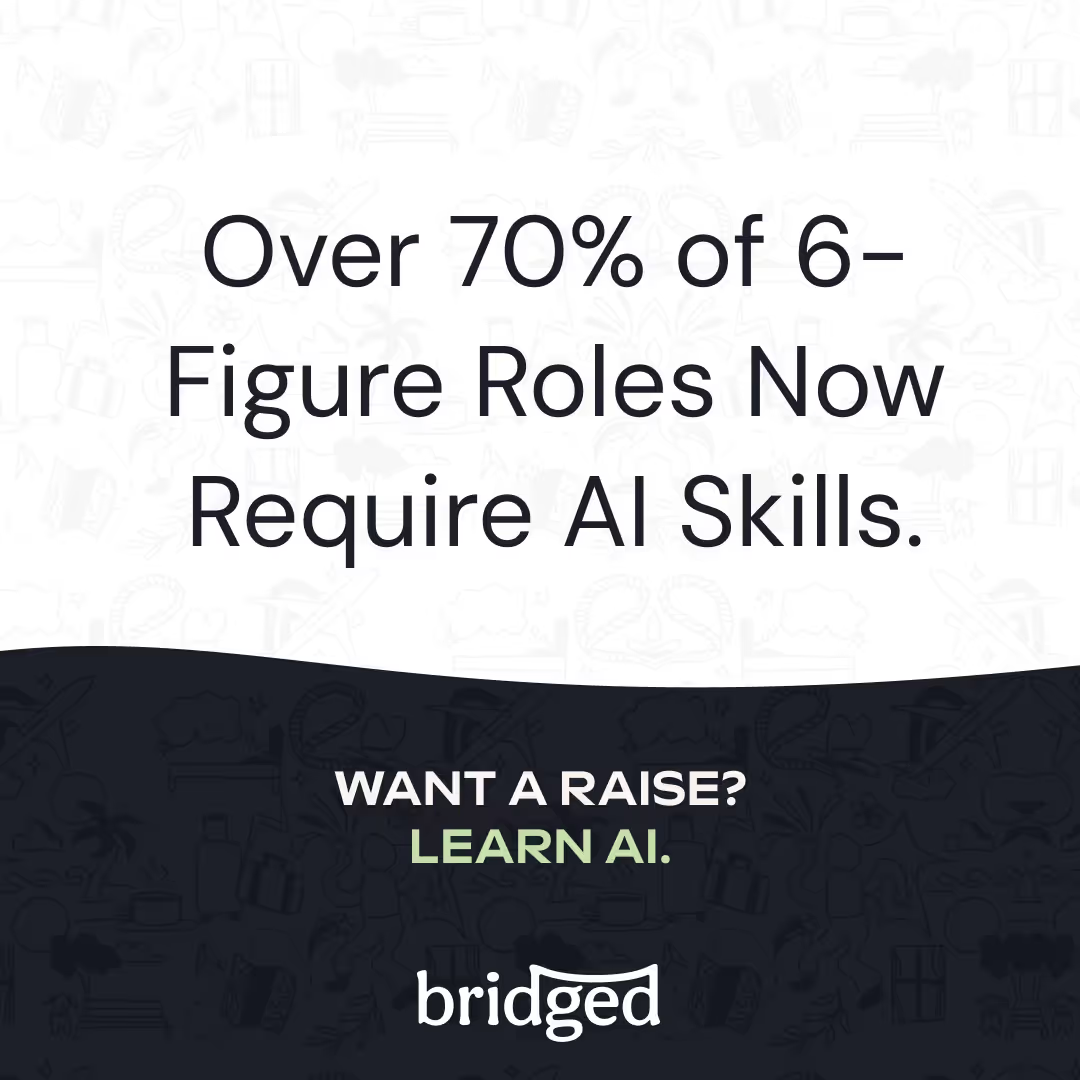
Conclusion
Final Take: Is Spotify the Right Fit for You?
Breaking into Spotify isn’t easy—competition is high, and roles attract talent from all over the world. But that’s also what makes it such an exciting place to build your career. If you can show creativity, data-driven problem-solving, and a genuine passion for music and audio, you’ll already be speaking Spotify’s language.
Whether you’re aiming for a data analyst role, a product design position, or your first engineering job, the path is clear: build meaningful projects, highlight collaboration, and connect with current Spotifiers who can share their experiences. Pair that with a tailored resume and persistence, and you’ll put yourself in a strong position to land an interview.
Most importantly, remember that your journey doesn’t have to be linear. Every project, case study, or networking conversation brings you one step closer. Even if you don’t land your dream role on the first try, you’re building the exact skills Spotify—and the rest of the tech industry—values most.
If working at the intersection of music, tech, and culture excites you, Spotify could be the stage where you make your mark.
Your future job at Spotify could be one project, one connection, or one application away. Keep building, keep sharing, and keep showing your curiosity—opportunities have a way of finding people who do. Did you get something out of this article? Let us know at hello@getbridged.co
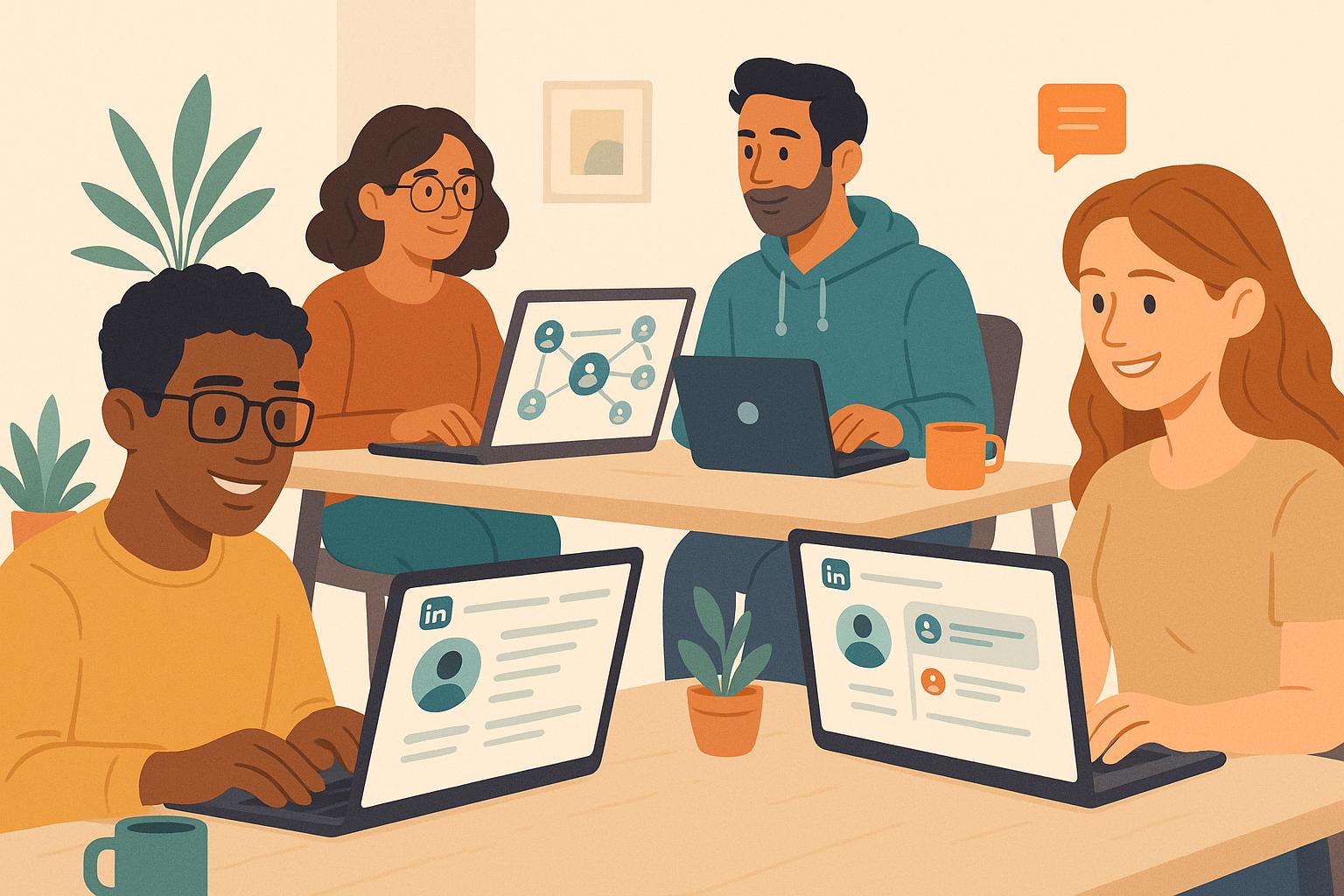
How to Network on LinkedIn for Remote Tech Jobs
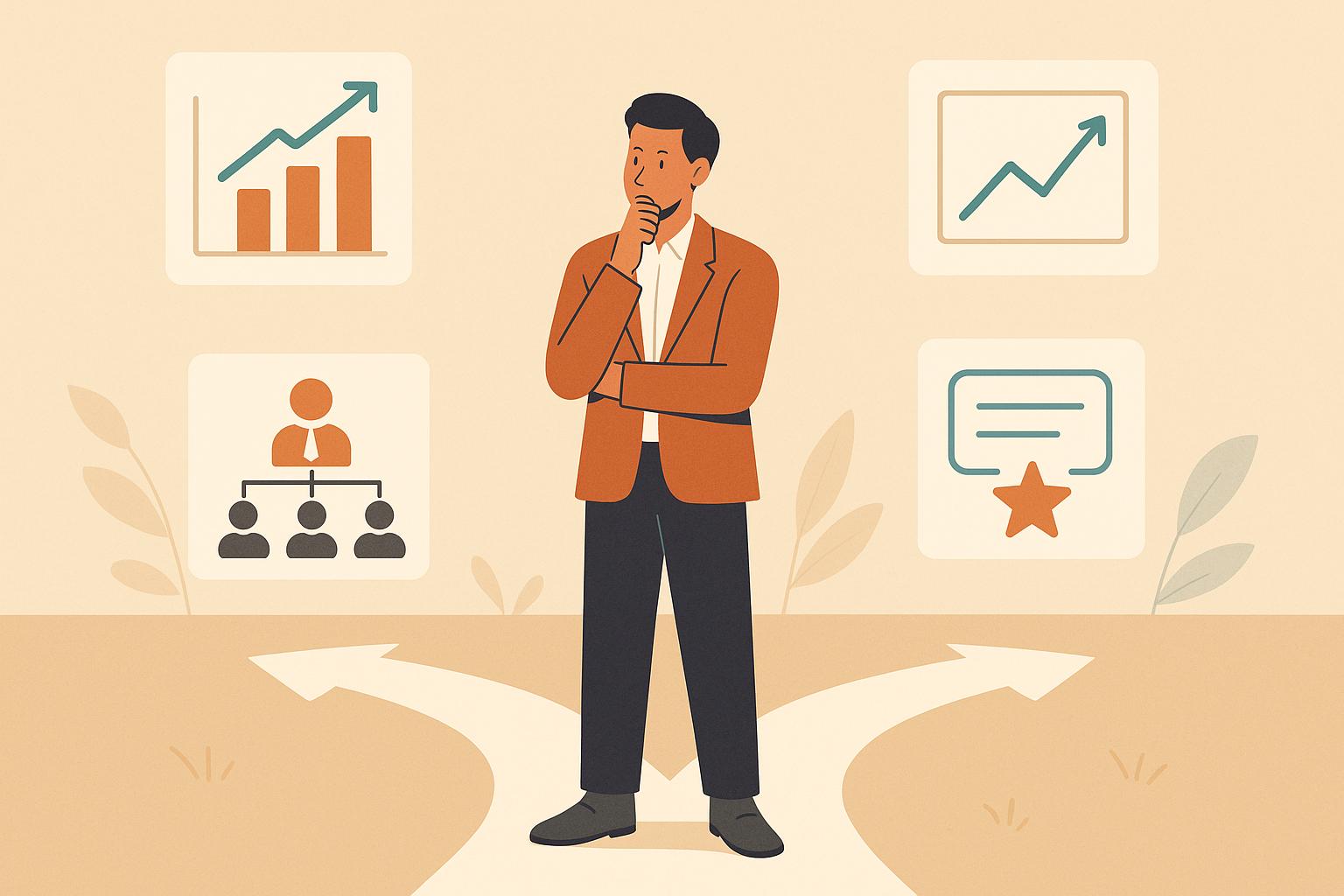
How To Assess Startup Stability Before Joining
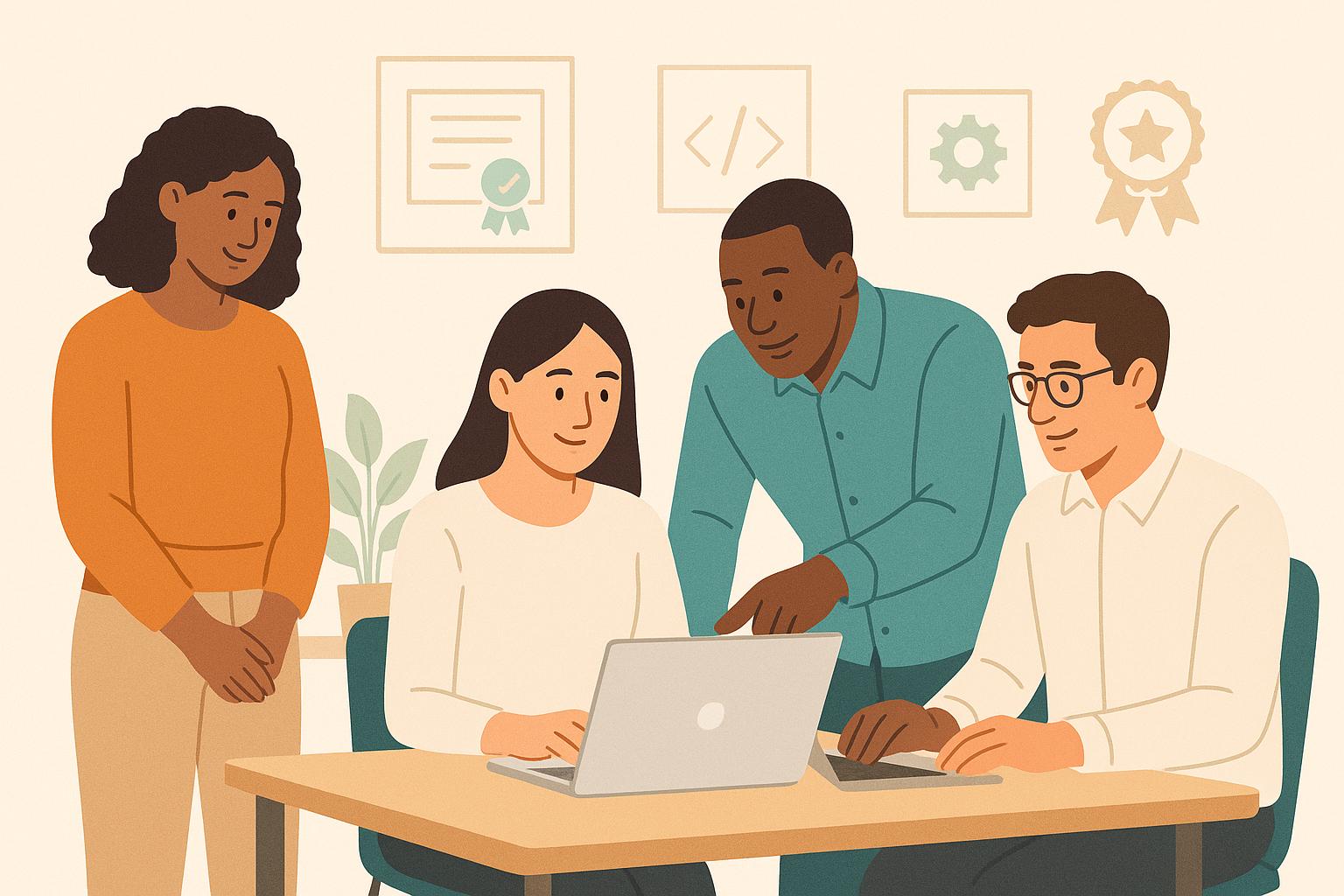


.png)



